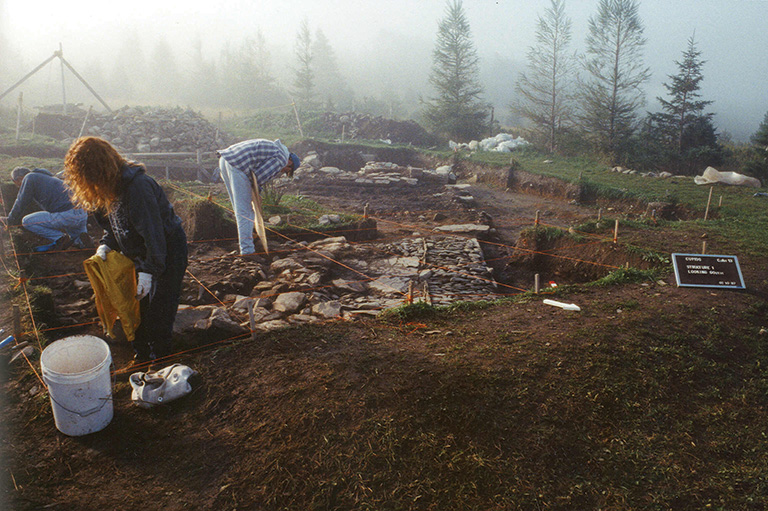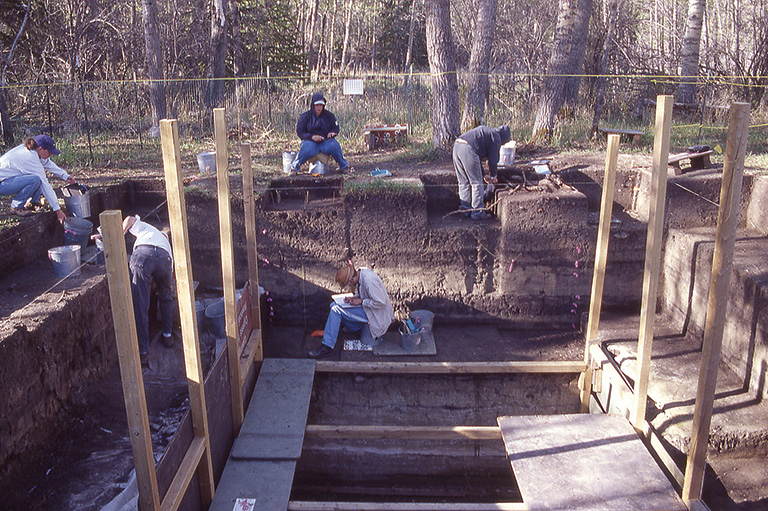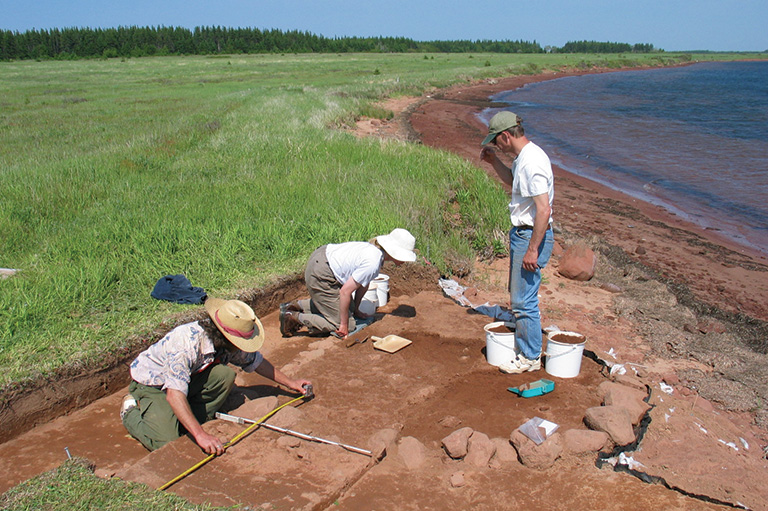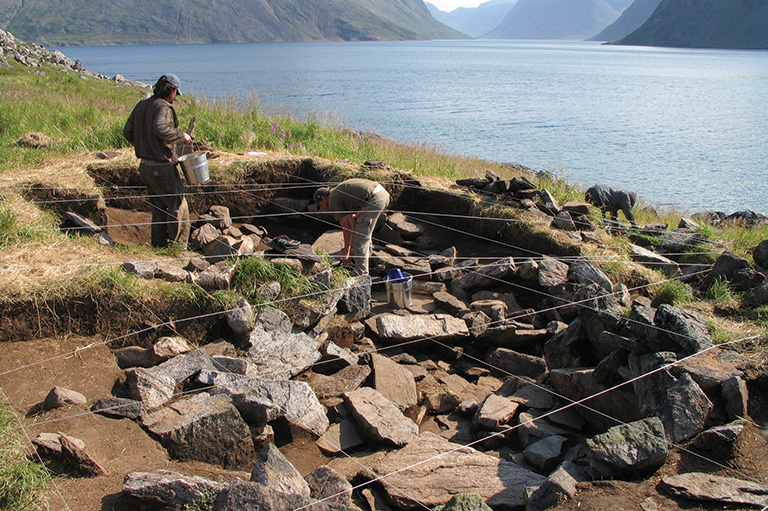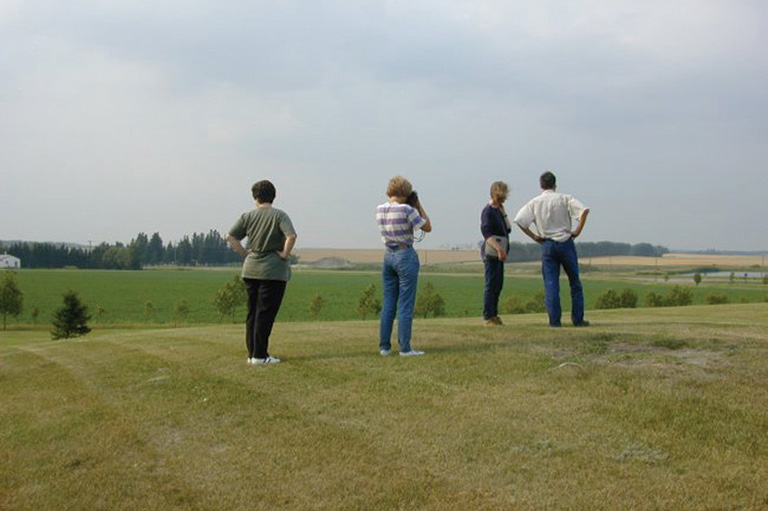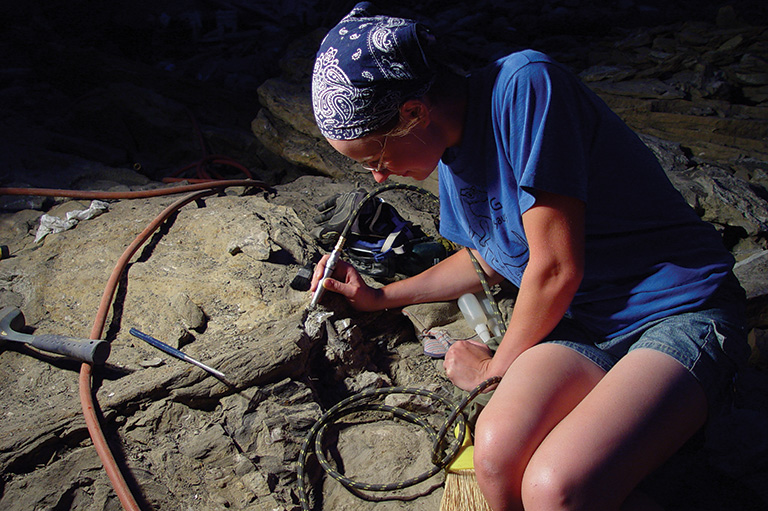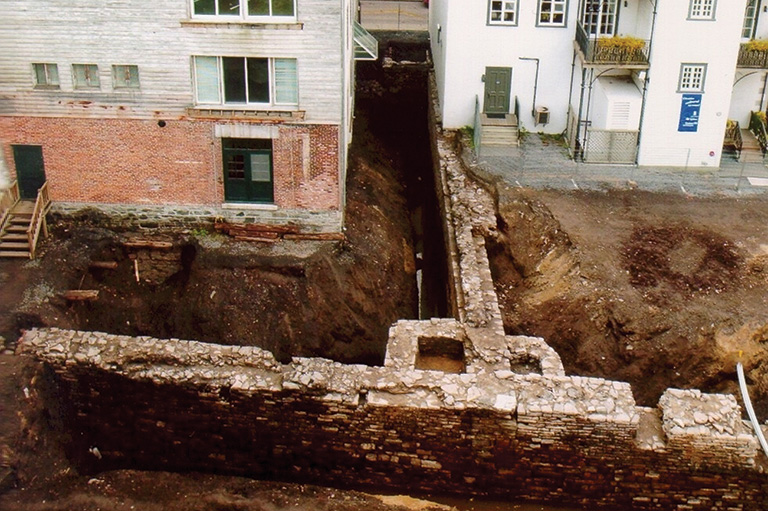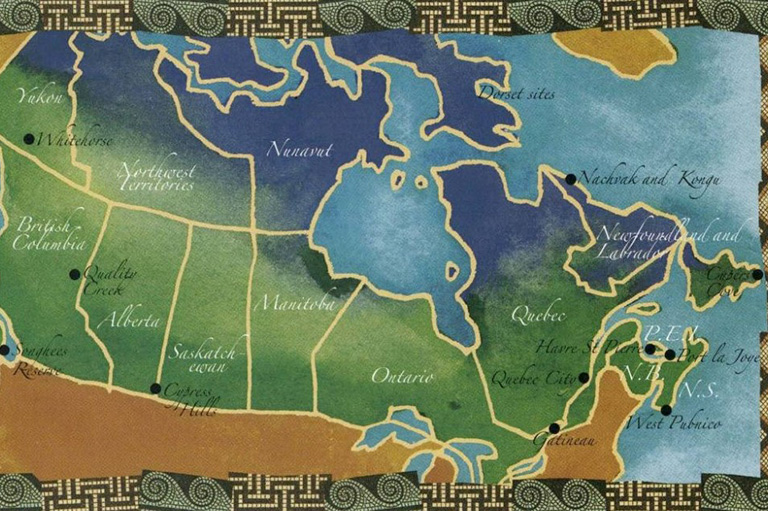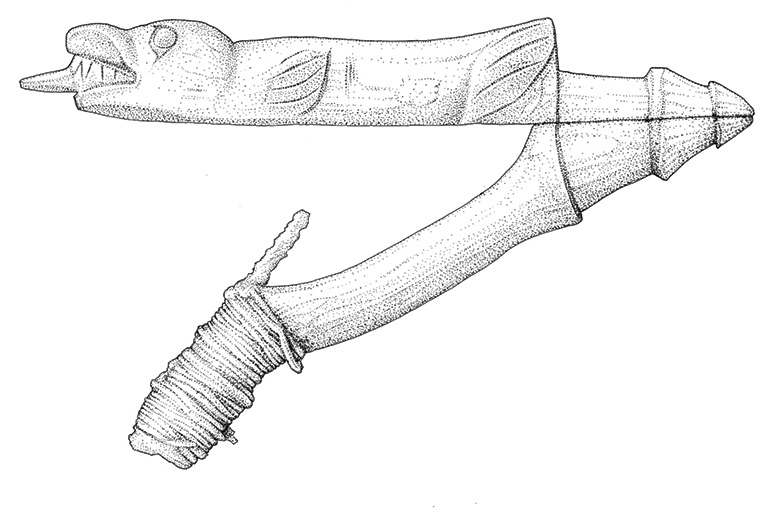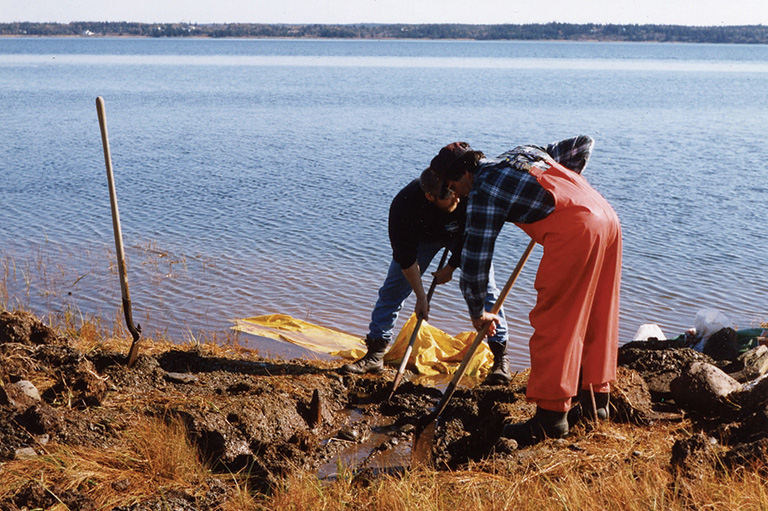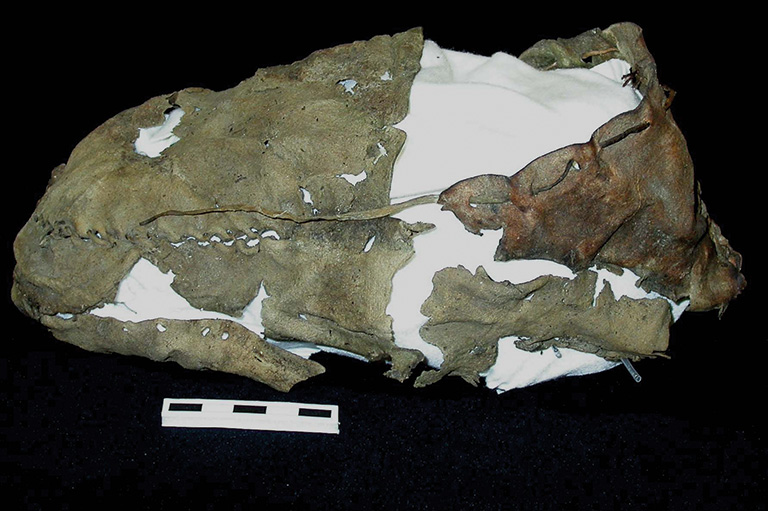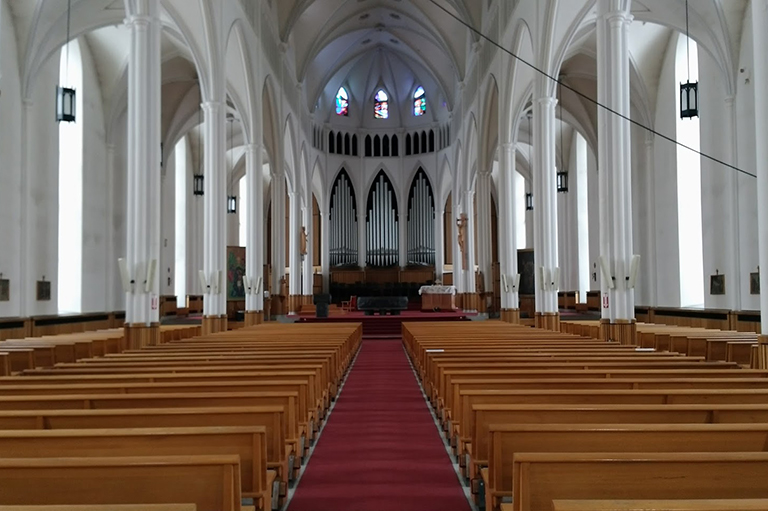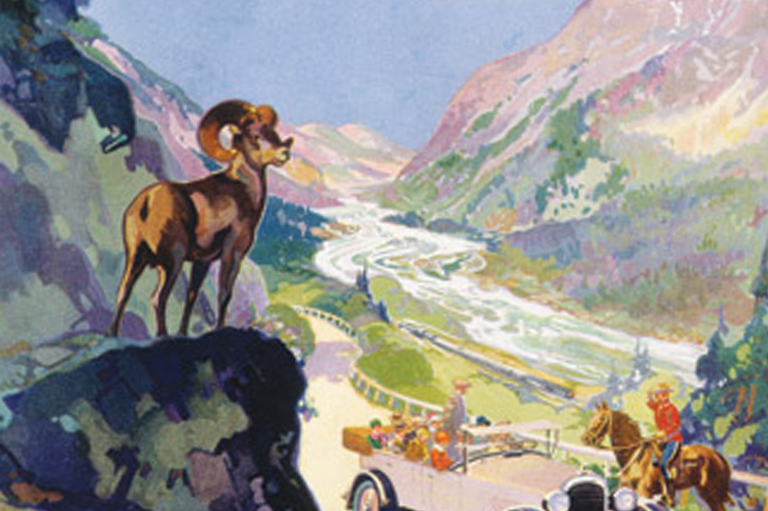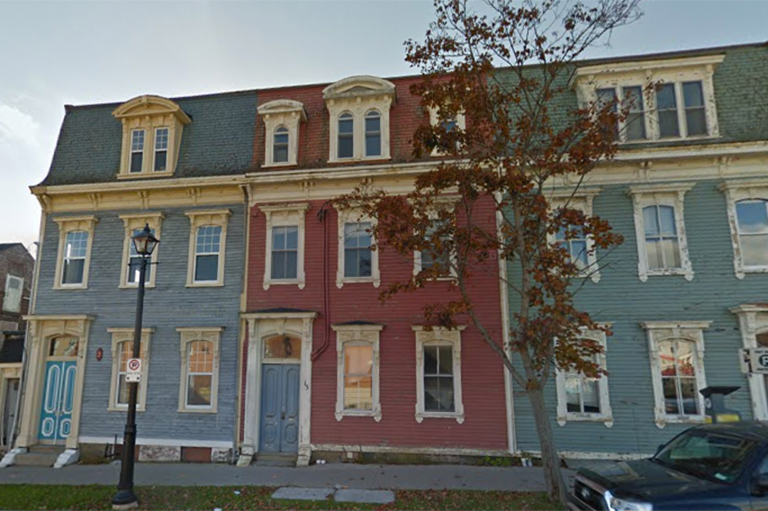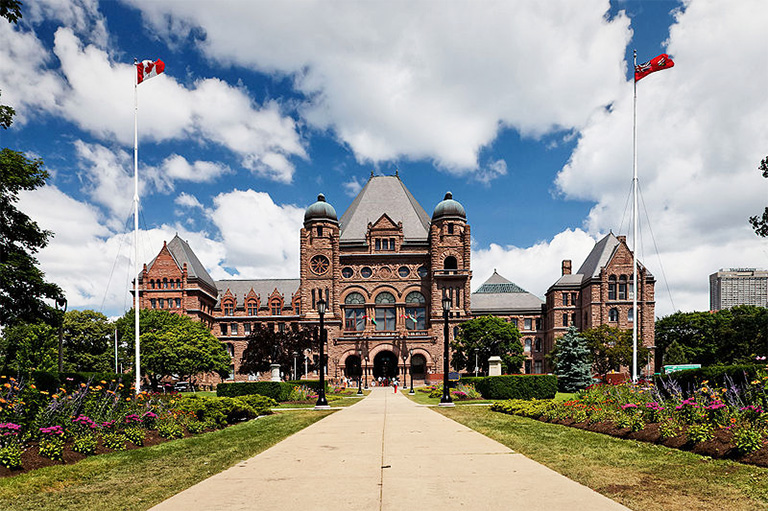Dorset in the Arctic: A Norse Connection
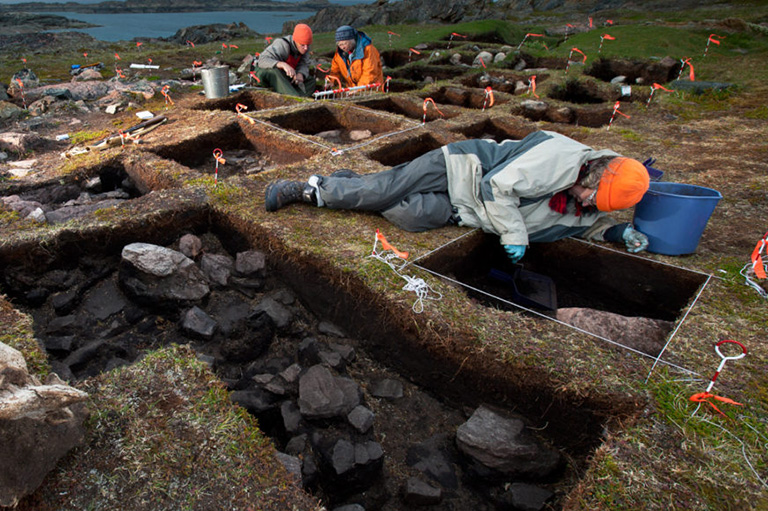
Did the Dorset people, who occupied the Arctic between 1000 B.C. and A.D. 1000, have more extensive contact with the Norse than originally thought?
Pat Sutherland, an archaeologist with the Canadian Museum of Civilization, is seeking the answer through reinvestigation of some archaeological sites and artifacts.
Over the past five years, Sutherland has been investigating four Dorset sites: Avayalik in Northern Labrador, Nunguvik on North Baffin Island, Nanook on South Baffin Island and Willow’s Island in Frobisher Bay. Sutherland believes that artifacts of spun cordage found at these sites will provide some of the answers to the questions of Dorset-Norse contact.
The Dorset people, Sutherland says, wore traditional clothing made from hides, while the Norse were known to fashion textiles and objects from spun materials. Presence of the cordage artifacts, spun from the hairs of Arctic hare, fox and dog, has led Sutherland to suggest that the Dorset may have had more contact with the Norse Greenlanders than previously thought.
Some academic theories have the Dorset people disappearing from the Arctic by the 11th century, but Sutherland believes that the presence of the cordage may suggest that the Dorset people survived longer, well into the period of the arrival of the Norse in Greenland in the late 10th century.
We hope you’ll help us continue to share fascinating stories about Canada’s past by making a donation to Canada’s History Society today.
We highlight our nation’s diverse past by telling stories that illuminate the people, places, and events that unite us as Canadians, and by making those stories accessible to everyone through our free online content.
We are a registered charity that depends on contributions from readers like you to share inspiring and informative stories with students and citizens of all ages — award-winning stories written by Canada’s top historians, authors, journalists, and history enthusiasts.
Any amount helps, or better yet, start a monthly donation today. Your support makes all the difference. Thank you!
Themes associated with this article
Advertisement

